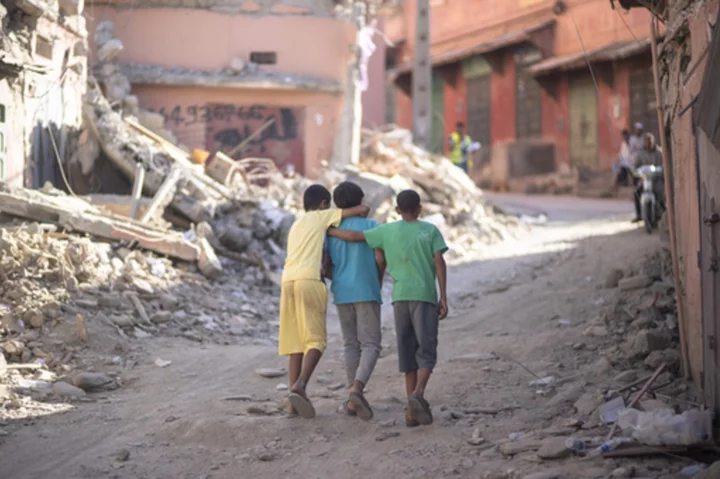
AP PHOTOS: Moroccan earthquake shattered thousands of lives
AMIZMIZ, Morocco (AP) — With their arms around each other, three boys walked through the streets of their town at the foot of Morocco’s Atlas Mountains.
2023-09-17 12:27

What happened to Chris Smith? Inside the mysterious murder of California entrepreneur on NBC 'Dateline'
Get the inside details of the heart-wrenching disappearance of Chris Smith that left his family perplexed for a year before they realized he was dead
2023-05-27 07:18
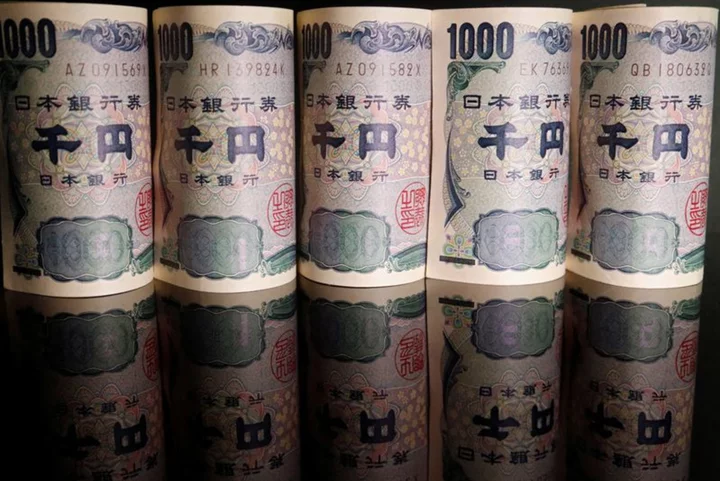
Yen weakens on intervention threat; slowdown fears weigh on euro
By Joice Alves LONDON The yen fell on Monday to near eight-month lows against the dollar as investors
2023-07-03 20:23
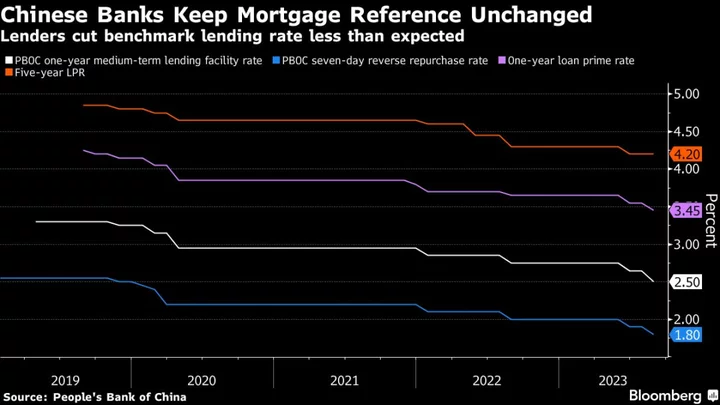
Chinese Banks Disappoint With Smaller Lending Rate Cuts
Chinese banks made a smaller-than-expected cut to their benchmark lending rate on Monday and avoided trimming the reference
2023-08-21 10:27
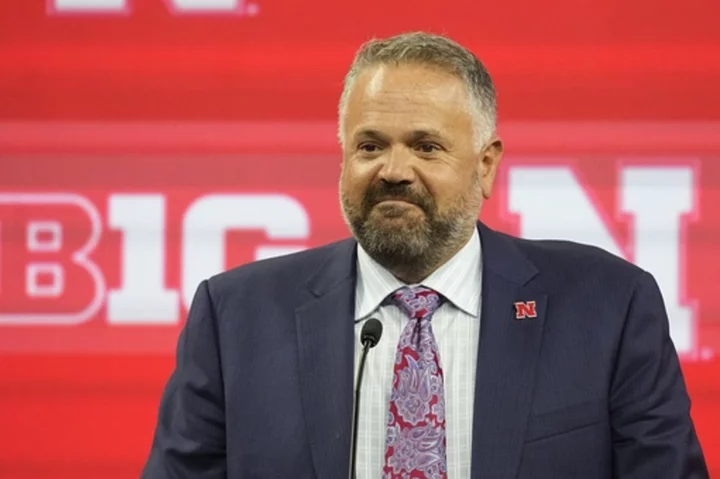
New Nebraska coach Matt Ruhle is having the time of his life ahead of opener against Gophers
Matt Rhule is in a much better place now
2023-08-26 03:50
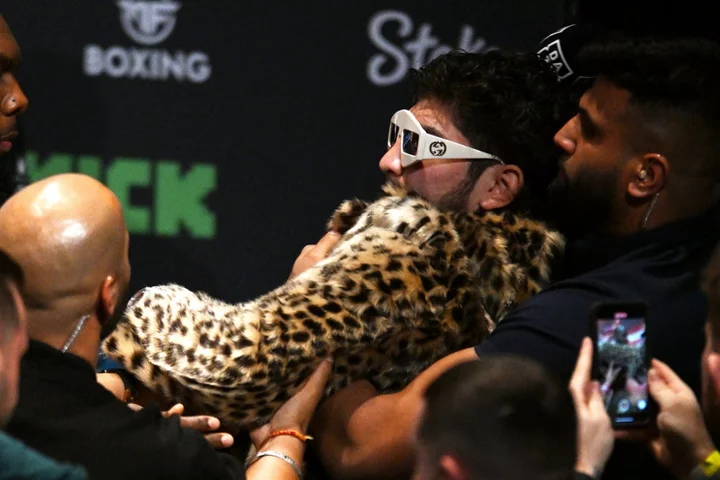
Dillon Danis hits Logan Paul in the head with microphone as face-off descends into chaos
Dillon Danis struck Logan Paul in the head with a microphone during their pre-fight face-off on Thursday, as their press conference descended into chaos. Danis and Paul are due to box one another at Manchester’s AO Arena on Saturday (14 October), on the undercard of KSI’s fight with Tommy Fury. For weeks there has been speculation that Danis vs Paul will not take place, however, with many fans believing that the Americans’ bitter feud will eventually see one of them derail the fight. Those fears were only heightened on Thursday, as the KSI vs Fury and Paul vs Danis press conference ended with Danis attacking Paul, after the YouTube star threw a small item at the jiu-jitsu champion’s leg. Security then held back both men. The build to their fight has been unsavoury, with Danis, 30, repeatedly taking aim at Paul’s fiancee, Nina Agdal. On social media, Danis has posted numerous photos and clips of the Danish model with various men, leading Agdal to be granted a temporary restraining order in September. Paul, 28, rose to fame on YouTube before crossing into boxing, WWE and business, launching the Prime energy drink company with KSI last year – having previously boxed the British YouTuber. Meanwhile, Danis is best known as a former teammate of UFC icon Conor McGregor, though he has his own in-ring experience in mixed martial arts and won gold at the 2016 Pan Jiu-Jitsu No-Gi championship. However, Danis has not fought in MMA in four years, and he only has two professional bouts to his name. He was famously on the receiving end of Khabib Nurmagomedov’s post-fight attack in 2018, when the Russian jumped out of the Octagon and leapt into the crowd, moments after submitting McGregor to retain the UFC lightweight belt. Danis has never competed in the boxing ring before, having withdrawn from a scheduled bout against KSI in January, citing a lack of training. Despite his black-belt prowess, Danis was filmed getting caught in a choke by a bouncer in 2021, though the fighter did have a significant injury at the time. Earlier on Thursday, KSI (real name Olajide Olatunji) was filmed seemingly spitting at John Fury, father of his opponent Tommy – who is the half-brother of heavyweight boxing champion Tyson. Later, while KSI and Tommy Fury were facing off with one another, John began to punch and headbutt the glass divider between the opponents. Click here to subscribe to The Independent’s Sport YouTube channel for all the latest sports videos. Read More Tommy Fury posts nine-week body transformation as he goads fight rival KSI Who is the back-up fighter for Logan Paul vs Dillon Danis? KSI vs Tommy Fury card featuring Logan Paul vs Dillon Danis Who is Dillon Danis? What time does Logan Paul vs Dillon Danis start this weekend? How to watch Logan Paul vs Dillon Danis online and on TV this weekend
2023-10-13 03:59
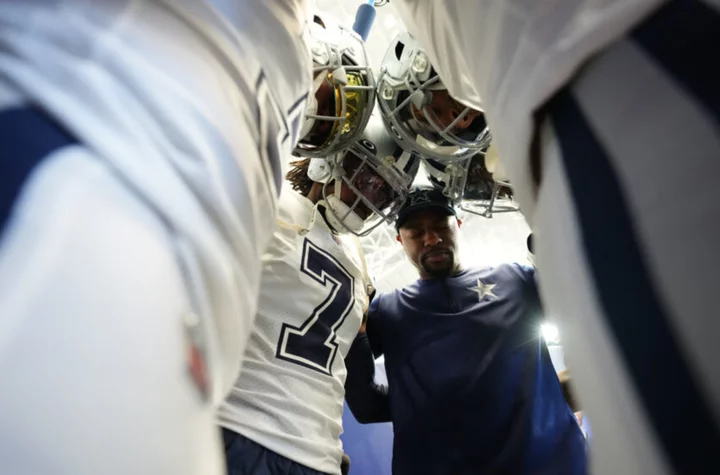
Trevon Diggs shades Shady for former Eagle’s take on Dak Prescott fight
Eagles legend LeSean McCoy offered his take on the viral clip of Trevon Diggs trash-talking Dak Prescott at Dallas Cowboys training camp.The Dallas Cowboys want to win the Super Bowl. Last season was a promising step in the right direction, but even a 12-5 record could only get them second place...
2023-08-05 03:48
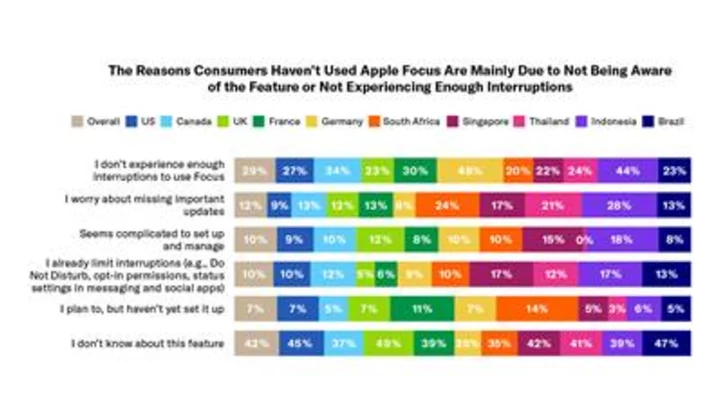
Airship Finds Most Consumers Actively Seek To Minimize Mobile Distractions
PORTLAND, Ore.--(BUSINESS WIRE)--Sep 6, 2023--
2023-09-06 18:17
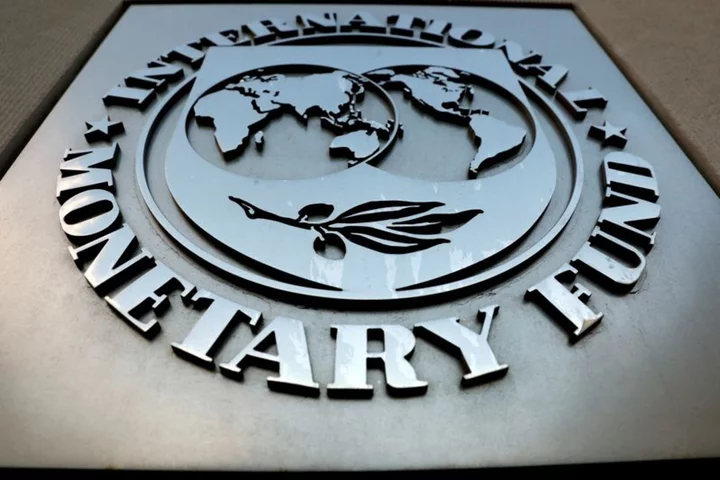
Argentina makes IMF payment as deal talks grind on
By Rodrigo Campos and Jorge Otaola NEW YORK/BUENOS AIRES (Reuters) -The International Monetary Fund said on Friday that Argentina is
2023-07-01 06:54
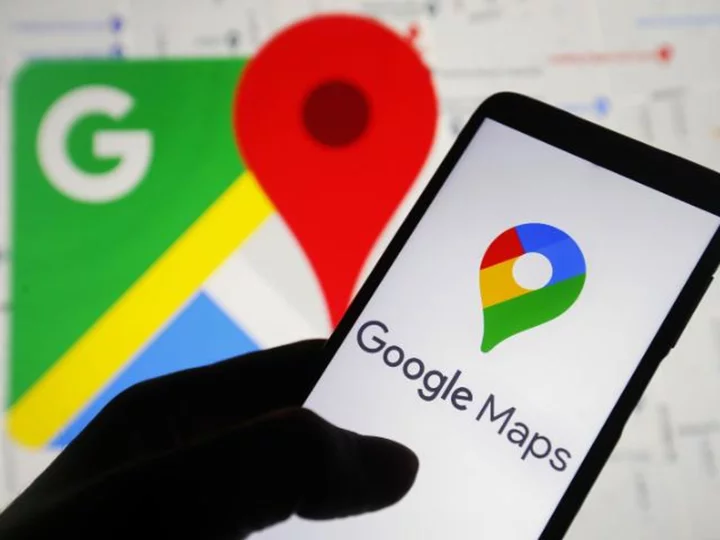
Google Maps and Waze temporarily disable live traffic data in Israel
Google is temporarily disabling live traffic conditions on its mapping service apps, Google Maps and Waze, in Israel, the tech company confirmed Monday, as the country prepares for a potential ground invasion into Gaza.
2023-10-24 09:48
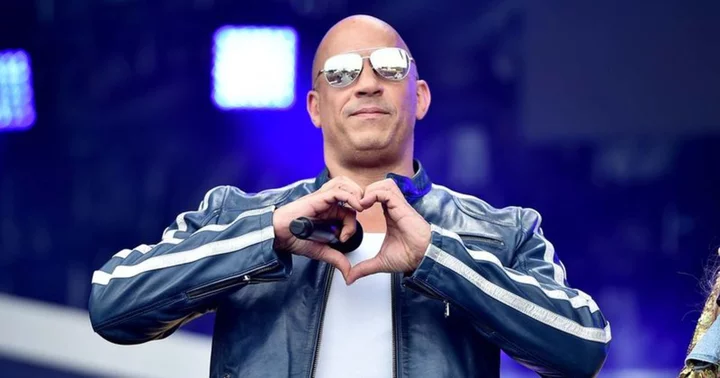
How tall is Vin Diesel? 'Fast & Furious' star took stage name as a tribute to his mother
Vin Diesel stands tall not only in terms of his height but also in his financial success, personal life, and commitment to fitness
2023-09-03 18:20
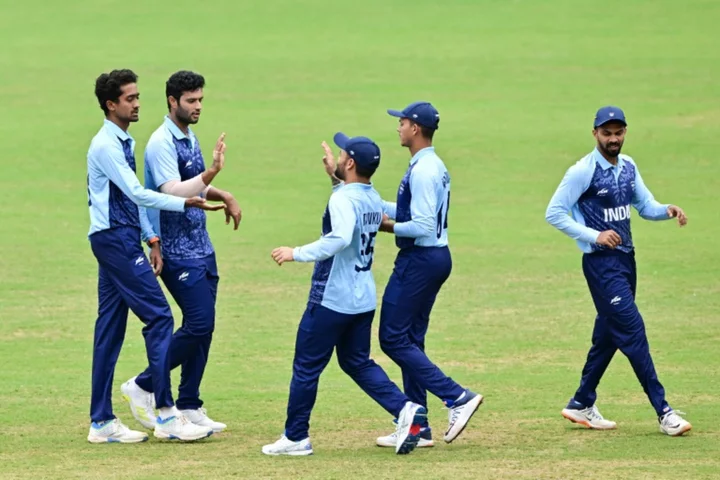
India crush Bangladesh to reach maiden Asian Games cricket final
India crushed Bangladesh by nine wickets on Friday to power into the gold medal match in Hangzhou as they bid to win the Asian Games...
2023-10-06 12:46
You Might Like...
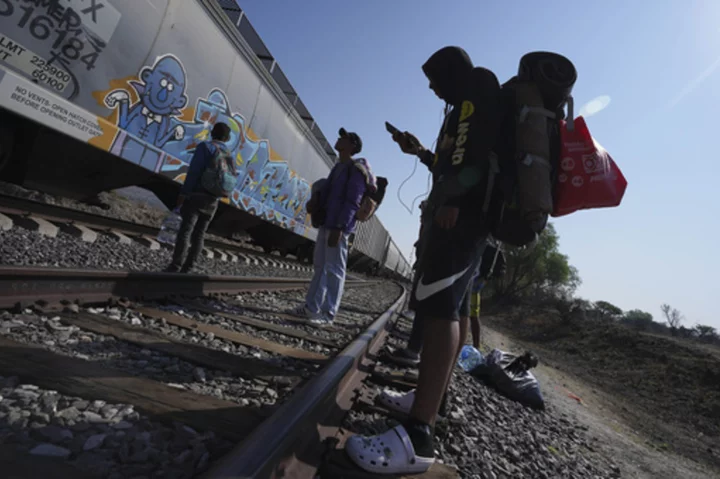
Migrants in Mexico fall victim to rampant scams on their way to the US
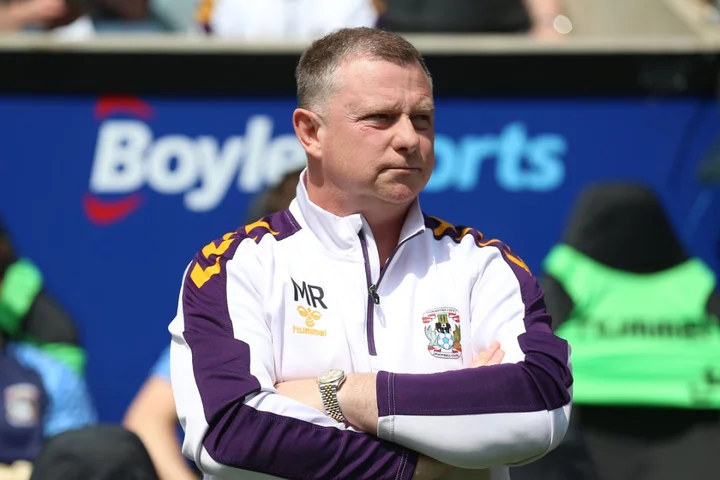
Mark Robins escapes sack race to guide Coventry to brink of PL promotion dream
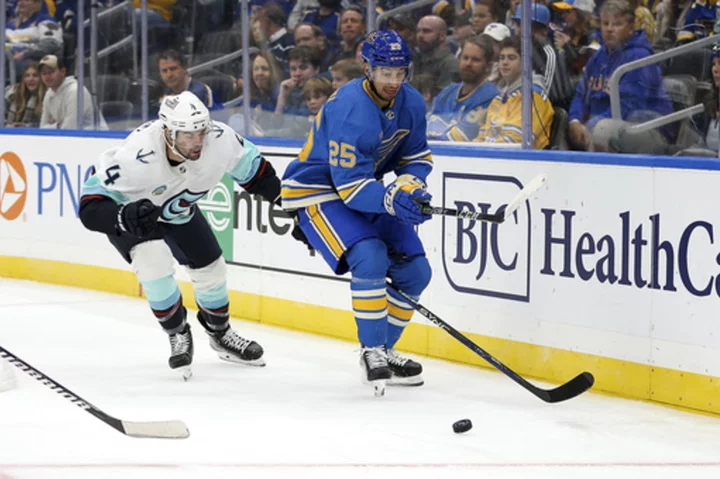
Thomas, Binnington lift Blues to a 2-1 shootout win over Kraken
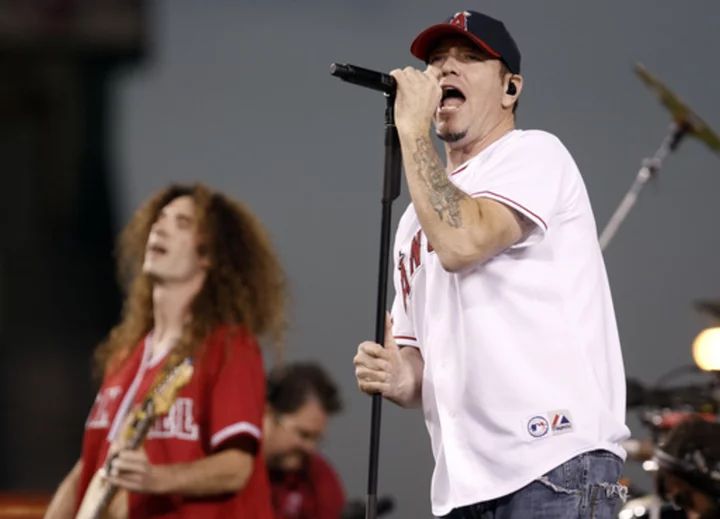
Smash Mouth frontman Steve Harwell, known for the ubiquitous pop-rock hit 'All Star,' dies at 56

Who is Sienna Miller dating? 'American Sniper' star is expecting her second child
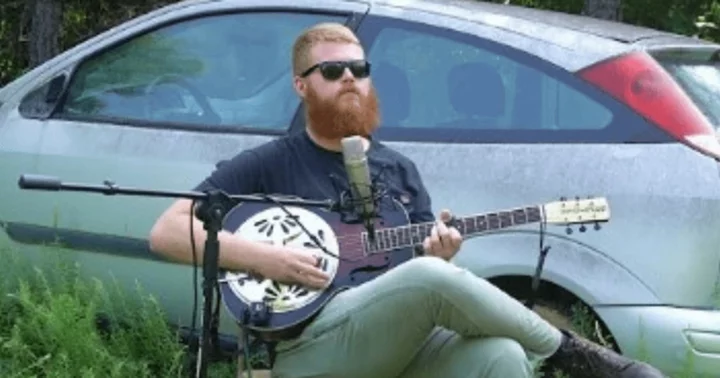
Is Oliver Anthony married? Viral singing sensation says government won't 'save' anyone in new interview
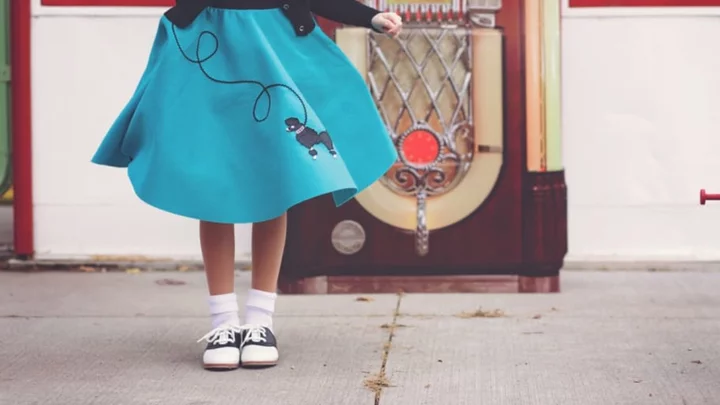
10 Misconceptions About the 1950s
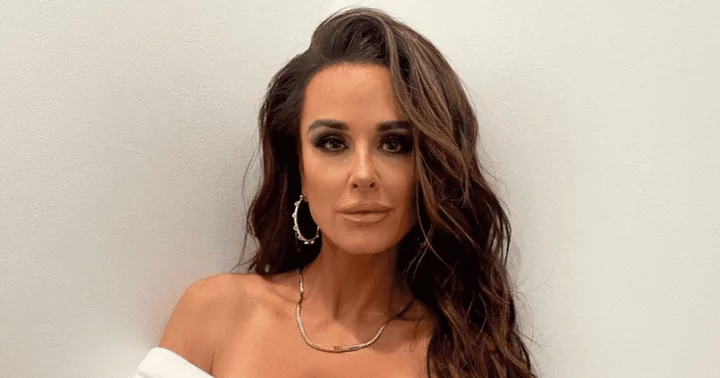
Is Kyle Richards using Ozempic? 'RHOBH' star hits back at trolls for accusing her of using weight loss drug
